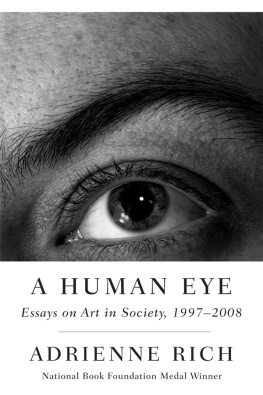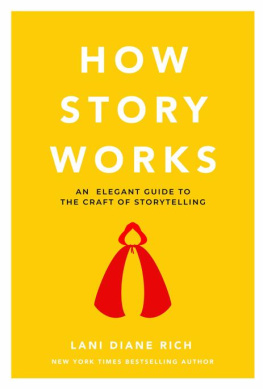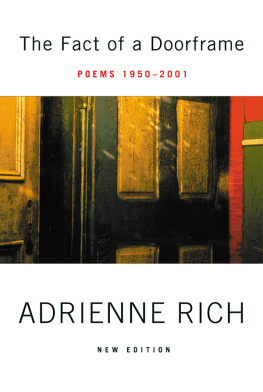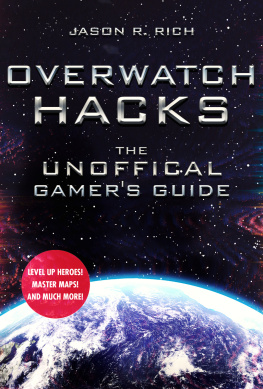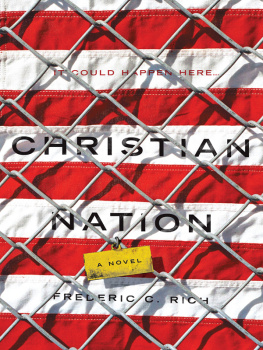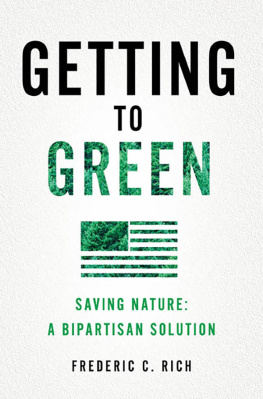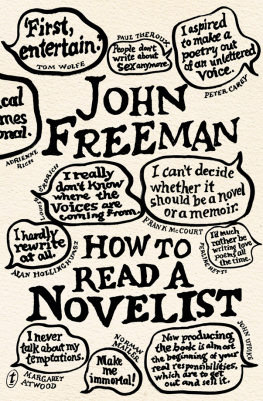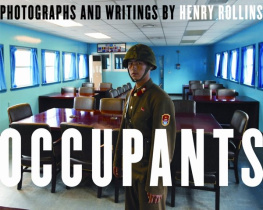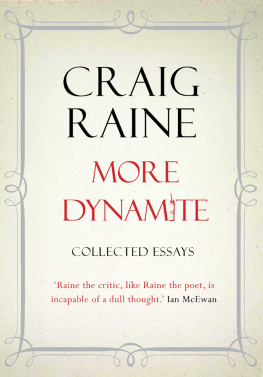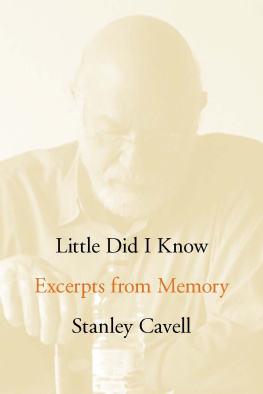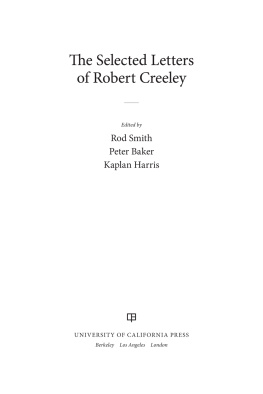
A
Human
Eye

ESSAYS ON ART IN SOCIETY
19972008
Adrienne Rich

Adjusting type size may change line breaks. Landscape mode may help to preserve line breaks.
Contents
I AM GRATEFUL to those who instigated some of these essays or made a place for others: Mercury House; Poetry International Web ; Steve Wasserman, former editor of the Los Angeles Times Book Review; Tony Kushner and Alisa Solomon, editors of the anthology Wrestling with Zion; the late Alexander Taylor at Curbstone Press; the literary estate of June Jordan and Copper Canyon Press; Ted Genoways at the Virginia Quarterly Review; Ocean Press (Australia); Geoffrey OBrien at the Library of America; University of Stirling in Scotland; the Center for Lesbian and Gay/Queer Studies at the City University of New York; the Boston Review; and Jill Bialosky and her colleagues at W. W. Norton & Company for publishing the pocket edition of the lecture Poetry and Commitment, here reprinted as Poetry and the Forgotten Future.
As for the poets, thinkers, writers whose words Ive dwelt on here, my debt is of course incalculable. I hope this collection may draw other readers to writing that has cleansed the air for me in badly smogged times. Gathering the essays for this volume, Ive recognized that together they describe a wider arc: not simply one readers preferences and choices but an ardent conversation among the quick and the dead, different generations, histories, temperaments.
Ive written here mostly about poetry, as it moves through human lives: one activity among many, the art I know best from inside. Throughout I pursue questions of art and political transformation, questions already broached by others, especially in socialist traditions but, in current monologues of marketing and mediocrity, derided or shrugged off along with the socialist vision itself.
Karl Marxhumanist philosopher and social psychologist that he wasdescribed how in the compulsive expansion of capital human senses become starved, reduced to the mere sense of ownership: an object is only ours when we have it, when it exists for us as capital, or when it is directly eaten, drunk, worn, inhabited... utilized in some way.
He also observed: The eye has become a human eye only when its object has become a human, social object. When artas language, music, or in palpable, physically present silencecan induce that kind of seeing, holding, and responding, it can restore us to our senses.
And what apprehension, what responsibility then?
Adrienne Rich
2008
A
Human
Eye

Thomas Avenas
Dream of Order
Sometime in the 1990s the mail brought a literary magazine entitled The Bastard Review, with a letter from its editor, Thomas Avena, asking for poems. The quality and range of poetics interested me, as the promised method of payment appealed to me: a package of smoked salmon to be shipped from San Francisco. I sent poems, and the smoked salmon duly arrived. In the same issue was a poem addressed to Alan Turing, the gay British mathematician who cracked the Nazi Enigma code during World War II, later to be convicted of Gross Indecency, committing suicide two years later. What struck me in the poem was the poise within its tension, the intimate tenderness of the speakers voice. This was to become the opening poem of Avenas Dream of Order (1997), for which I wrote the foreword that follows (in slightly revised form.)
Avena was an artist, an activist, and editor of the anthology Life Sentences: Writers, Artists, and AIDS (San Francisco: Mercury House, 1994). He also curated the Smithsonian AIDS history project Face to Face. Living with lymphoma and with many beloved seropositive comrades, Avena was determined to make explicit, investigate, and articulate life and art in the face of debilitating illness and treatments, not to mention official denial. He died at forty-six in 2005, leaving a still-unpublished second book of poetry, Magi, and an unfinished expansion of Marinol, his personal essay in Life Sentences.
We became friends, though we met rarely; once, he and his then lover, William Lyon Strong, cooked me a superb dinner in their small apartment (Strong later died of AIDS). We read together at a book festival in San Francisco but mostly exchanged letters and work. He wrote in Life Sentences of the heroic effort to go on making art from the truths revealed by disaster, the divestiture of the body and the implications of such loss for the struggle to create. He was engaged in that effort to the end.
WHEREVER I TURN these days, Im looking, as from the corner of my eye, for a certain kind of poetry whose balance of dread and beauty is equal to the chaotic negations that pursue us. Amid profiteering language, commoditizing of intimate emotions, and public misery, I want poems that embodymake into fleshanother principle. A complex, dialogic, coherent poetry to dissolve both complacency and despair.
Among the human disasters of the twentieth century, AIDS has summoned up its share of poetry; and under the gaze of AIDS, remarkable poems have been, are being, written. The poems in Thomas Avenas Dream of Order are passionately wrought as to craft, tensile, sensual, and delicate, un-selfish in a profound way. For Avena, AIDS is not simply his experience or that of those he has known and loved, concrete as these are in the poems. The plague becomes part of a moral question haunting the generations, specific to now, yet floating in time. Thus poems on the post-Hiroshima architecture of Osaka (The Rage of Tadao Ando) or Eva Hesses Holocaust witness in sculpture (Sans II) along with 5 MOMA Poems in Time of Plague reiterate arts critical resilience wherever human extremity seems to have crushed all response. Avena implies that art is the projection of that in us which does go on responding, and also that to which our sealed consciousness opens in response.
Most poems about visual art tend toward predictable set pieces, appreciations. Film, architecture, pieces of sculpture, painting appear in Avenas work not to be described or commented on but rather invoked, interrogated.
Step back and see it glow
like amber
as if a great wall of scrolls
were touched by burnt
rain;
unreadable
even the shallows
Sans II
He reminds us that not only do we look at extremity through art, we also look at art through extremitys pocked, stained lenses. This is the only test of time I can imagine for us who, as Hans Magnus Enzensberger has suggested, are admitted to the bloody state secrets of history as voyeurs of mass media, whether accomplices or victims or both.
Avenas technical resources are strong and elastic enough to sustain what he asks his poems to do: ultimately, to mediate between the afflicted and the not-yet-sick, the living, the dying, and the dead. He is inventively expressive: in the twenty-three-space columns of In a Glass Cage; in and who will excavate rooms for the dead? the notes are a companion prose-poem floating at the end of the poem in verse. Avenas craft doesnt soothe or reassure; it keeps producing tension in the poem, tension in the reader. Poems in very short, broken lines can become tedious; Avena knows and wrestles with the line break, the breath, the inevitable/unexpected.
Next page
